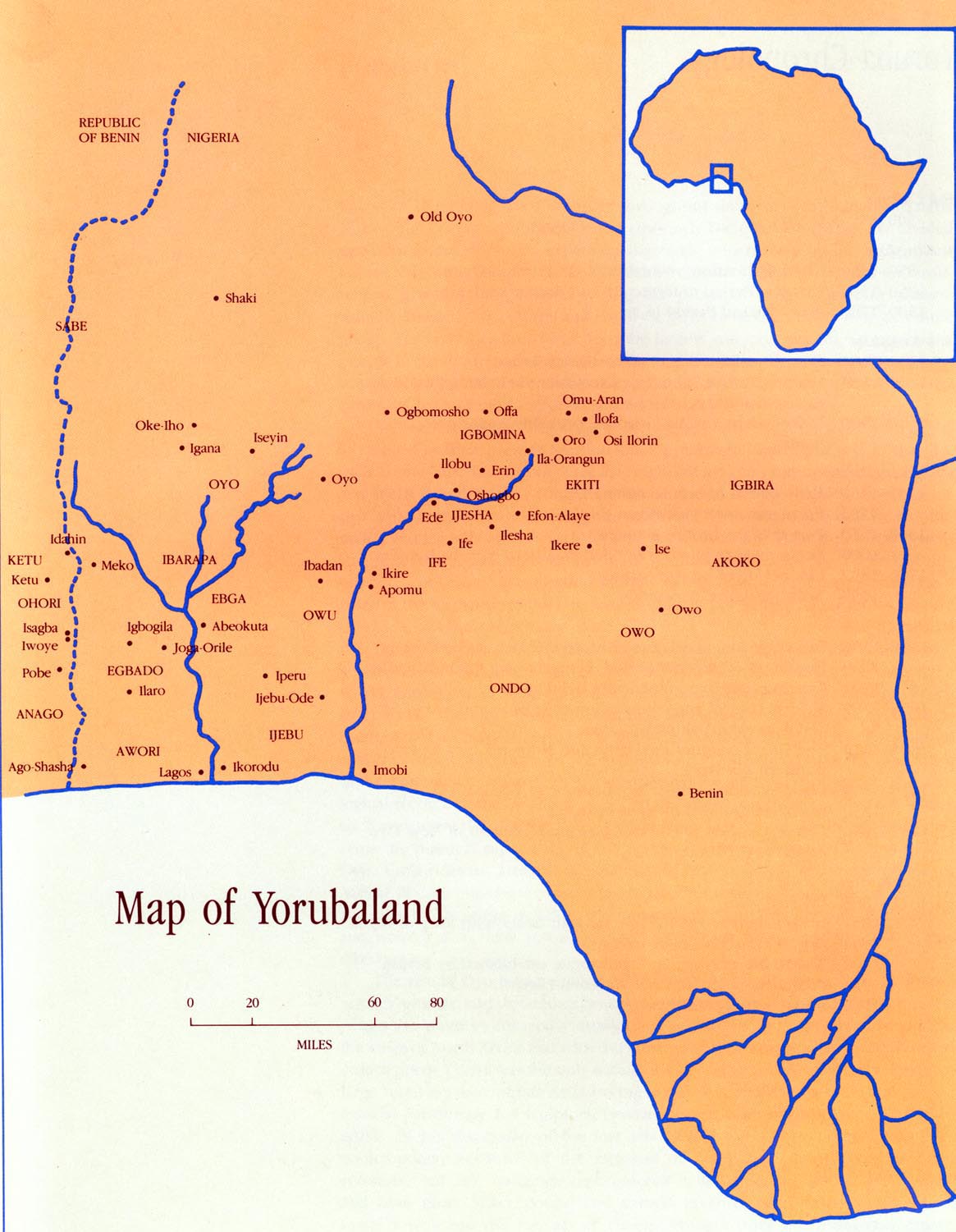I would like to introduce a new series to The Root that highlights connections between Africa and its diaspora in the so called New World. I will try to focus on connections between specific ethnic groups in Africa as we know that most of the nations of present day Africa have European made borders. I may repeat countries/ethnic groups as different ethnic groups were brought to the various colonies in the Americas.
As many of yall know while white supremacy and colonialism aimed to complete destroy the culture of captive African slaves, African culture survived in many ways. The first iteration of this series will focus on the Cuba and Yoruba connection. Please feel free to contribute/correct/educate.
shout outs to @MansaMusa @KidStranglehold @CashmereEsquire @Nemesis @Poitier @IllmaticDelta @305DeadCounty
----------------------------------


Demographics
A significant portion of the slaves brought to the Americas and Cuba in particular is significant.
The Yoruba were definitely NOT the only ethnic group brought to Cuba. OTher groups brought to Cuba in large numbers were the Kongo, Efik, Mande speaking peoples, and people from the 'Gold Coast". However, seemingly Yoruba culture dominated as The Yoruba were the largest enslaved ethnic group in Cuba by the mid 1800s thus making it easier to preserve their culture. The rise in the importation of Yoruba people in Cuba (and Brazil) correlates in the decline of the Oyo Empire, where many Yoruba speaking slaves originated. As a sidenote, the Oyo slave merchants worked mostly with Dutch and Portuguese slavers. The Portuguese slavers were responsible for bringing Yoruba slaves to Brazil and Cuba (and to a lesser extent the French Caribbean), circumventing the British enforced abolition of the slave trade.
In Cuba, the Yoruba were known by a variety of names. Some of these included: Oyo, Lucumi, Nago/Anago.
According to the The Concise Garland Encyclopedia of World Music, Volume 1 and
The Yoruba Diaspora in the Atlantic World (available on Google Books), while Afro-Cubans are/were concentrated historically in the eastern parts of Cuba, most Yoruba entered Cuba through the port in Havana, and thus are more prevalent in western Cuba, including the cities of Havana and Matanzas.
As we know, Europeans did not properly record the ethnic origins of slaves. Many times, slaves were classified based on the port they left from and NOT their actual ethnic group. However, per Cuban records at least 9 percent of slaves that entered Cuba were of Yoruba origin.
Next post: Cabildos
As many of yall know while white supremacy and colonialism aimed to complete destroy the culture of captive African slaves, African culture survived in many ways. The first iteration of this series will focus on the Cuba and Yoruba connection. Please feel free to contribute/correct/educate.
shout outs to @MansaMusa @KidStranglehold @CashmereEsquire @Nemesis @Poitier @IllmaticDelta @305DeadCounty
----------------------------------


Demographics
A significant portion of the slaves brought to the Americas and Cuba in particular is significant.
It is estimated that over 600,000 Africans were taken from West Africa and shipped to Cuba over three centuries, with tens of thousands dying during the brutal Atlantic Crossing.
Most of these people were brought to Cuba between the 1780s and the 1860s, as the slave population rose from 39,000 to 400,000.
Cuba and the Slave Trade
The Yoruba were definitely NOT the only ethnic group brought to Cuba. OTher groups brought to Cuba in large numbers were the Kongo, Efik, Mande speaking peoples, and people from the 'Gold Coast". However, seemingly Yoruba culture dominated as The Yoruba were the largest enslaved ethnic group in Cuba by the mid 1800s thus making it easier to preserve their culture. The rise in the importation of Yoruba people in Cuba (and Brazil) correlates in the decline of the Oyo Empire, where many Yoruba speaking slaves originated. As a sidenote, the Oyo slave merchants worked mostly with Dutch and Portuguese slavers. The Portuguese slavers were responsible for bringing Yoruba slaves to Brazil and Cuba (and to a lesser extent the French Caribbean), circumventing the British enforced abolition of the slave trade.
In Cuba, the Yoruba were known by a variety of names. Some of these included: Oyo, Lucumi, Nago/Anago.
According to the The Concise Garland Encyclopedia of World Music, Volume 1 and
The Yoruba Diaspora in the Atlantic World (available on Google Books), while Afro-Cubans are/were concentrated historically in the eastern parts of Cuba, most Yoruba entered Cuba through the port in Havana, and thus are more prevalent in western Cuba, including the cities of Havana and Matanzas.
As we know, Europeans did not properly record the ethnic origins of slaves. Many times, slaves were classified based on the port they left from and NOT their actual ethnic group. However, per Cuban records at least 9 percent of slaves that entered Cuba were of Yoruba origin.
Next post: Cabildos




 Good thread. I would contribute but I'm always on my phone.
Good thread. I would contribute but I'm always on my phone.